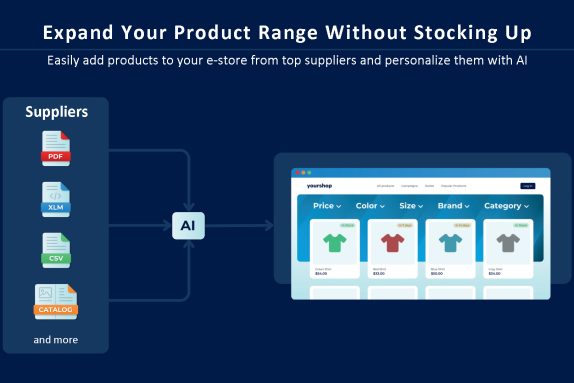The Internet is full of posts where various players in the marketing and IT world have opened up about problems with GA4 transition. The topic is important, and Lumav team will also give a quick overview of what e-commerce owners should keep in mind and why it is necessary.
Anyone with a modicum of knowledge about e-commerce should already know that Google will stop processing data through Universal Analytics (UA) from July 2023. This means that new data will no longer be displayed and the system will only allow you to view historical reports, which can be downloaded until December 2023. Many companies have already set up GA4 but will continue to use only Universal Analytics to analyse their data – this is something they are used to and for the moment it seems more logical and straightforward than the new version. As with all upgrades, we do not recommend leaving the transition to the last minute as it will take time to get used to and familiarise yourself with Google Analytics 4. In addition, GA4 has some fundamental differences and innovations that may benefit you already.
What is the main difference in Google Analytics 4?
While Universal Analytics measured data on a session-based basis, GA4 uses event-based data. One of the biggest differences is in their implementation – Universal Analytics can only be used to measure web page data and individual sessions, GA4 applies to both web pages and mobile apps, and can be also analysed separately.
Here a few points why the new GA4 solution is better:
- The updated version offers more accuracy and functionality than previous versions. It uses machine learning, which means that it can automatically detect patterns and trends in webstore usage. This allows you to get more accurate information about your customers’ behaviour, such as when they make their purchase or which products they look at most.
- Google Analytics 4 provides more insight into conversions. This allows you to track not only the number of purchases, but also their value, allowing you to better assess the profitability of your online store. You can also track conversion sources to find out where your customer came from and how they found your store.
- In addition to being a more modern and accurate platform, Google Analytics 4 is also a safer choice for the future, as the Universal Analytics platform will be discontinued on July 1, 2023, so it’s important to migrate to Google Analytics 4 to continue tracking your online store without disruption. This is especially important as the discontinuation of the current platform means that all the old data will disappear and you will no longer be able to analyse it.
- Google Analytics 4 also offers more ways to improve the user experience, for example, by tracking the customer journey to the purchase in more detail. This allows you to identify the most likely breakpoints and improve the customer experience. You can also monitor the speed of your online store, which is particularly important for mobile users, and make improvements to make your store faster and more convenient to use.
Event-based tracking model
One of the major changes between UA and GA4 is the introduction of an event-based model instead of the existing session-based model. This means that instead of focusing on sessions and page views, GA4 will categorise all interactions on your website as events. Events can be customised into a specific group of activities, if necessary, keeping in mind which data is currently a priority for you. Thanks to AI technology and machine learning, GA4 is able to generate predictive analytics on user behaviour and conversions, create audiences of potential buyers/abandoners, and provide detailed insights on results.
Cross-device and mobile-centric
In 2016, mobile web browsing surpassed desktop computers for the first time, and switching between devices has become the norm – sometimes several different devices are used to complete a single purchase. For example, after seeing an advertisement, an online shopper first opens the webstore on a mobile app, then continues shopping on the website from a laptop.
Compared to UA, GA4 can collect data not only from the web, but also from mobile applications, including separate analysis of, for example, iOS and Android user activity. This also gives new possibilities for our PWA and here are some ideas for tracking:
- How many people have downloaded PWA to their mobile phone?
- How many sessions have been started from the downloaded app’s home page?
- Which pages are used offline
- Push Notifications: CTP (many people saw and clicked), Goal Count (how many people did what they wanted after clicking), Revenue (needs no explanation).




















